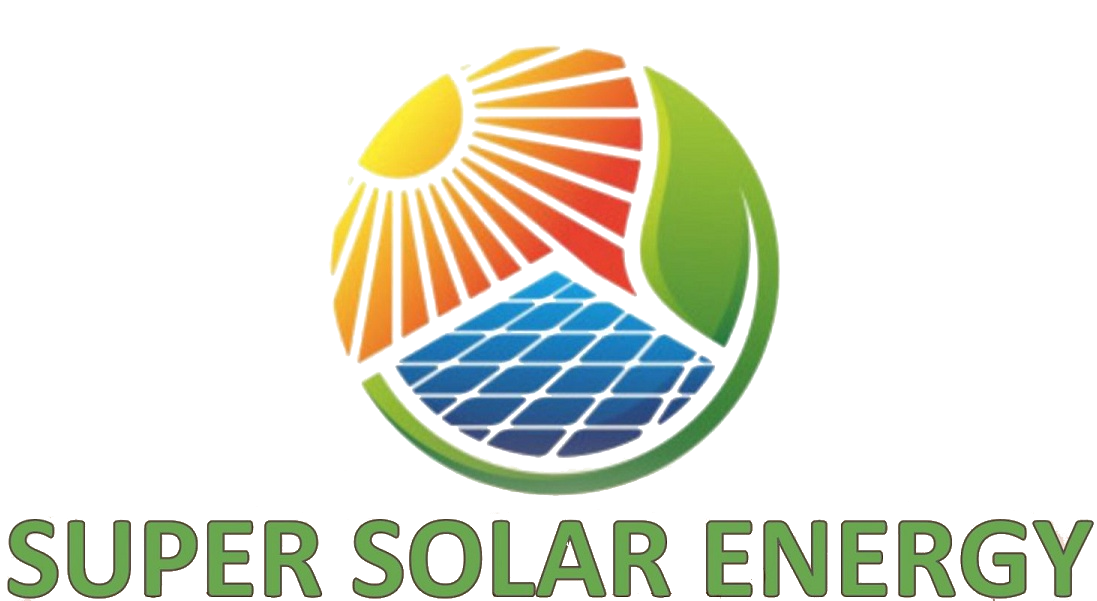Solar power works by converting light from the sun into electricity. This electricity can then be used in your home or exported to the grid when it’s not needed. This is done by installing solar panels on your roof which generate DC (Direct Current) electricity. This is then fed into a solar inverter which converts the DC electricity from your solar panels into AC (Alternating Current) electricity.
There are key components in a typical household solar system:
- Solar panels : Sit on the roof and convert the energy in sunlight to electrical energy. This is in the form of direct current (DC) electricity.
- Inverter : Converts DC electricity to alternating current (AC) power. This is the type of power that’s required for your home and the grid.
- Switchboard : where the power is sent so it can be used by your household electrical equipment.
- Grid/meter : if you aren’t using all the power being produced, the overflow will be transferred back into the grid to be used by other households or businesses. Likewise, when you need more power than you’re producing (like at night) your house will draw electricity from the grid.
- Save on energy bills : Using electricity generated from the sun means you rely less on energy companies. You can also get a credit for selling excess energy back to the grid.
- Ready when needed : A solar battery and panel solution lets you store excess electricity for when you most need it, like at night or during a blackout.
- Eco-friendly : A renewable form of energy, solar offers a clean, green, economic way of reducing your carbon footprint.
